Picture this: you walk into a museum expecting paintings, but instead an entire wall is the art. Thousands of living plants cascade down the surface, photosynthesizing in real time. Welcome to biophilic art, where nature isn’t just the subject. It’s the medium itself.
Biologist E.O. Wilson coined “biophilia” in 1984 to describe our innate need to connect with nature. Artists have taken this idea and created works that tap directly into this ancient human longing.

French botanist Patrick Blanc covers buildings with vertical gardens. His living wall at Paris’s Musée du Quai Branly houses over 15,000 plants. These are actual ecosystems clinging to concrete, transforming cold structures into breathing organisms.
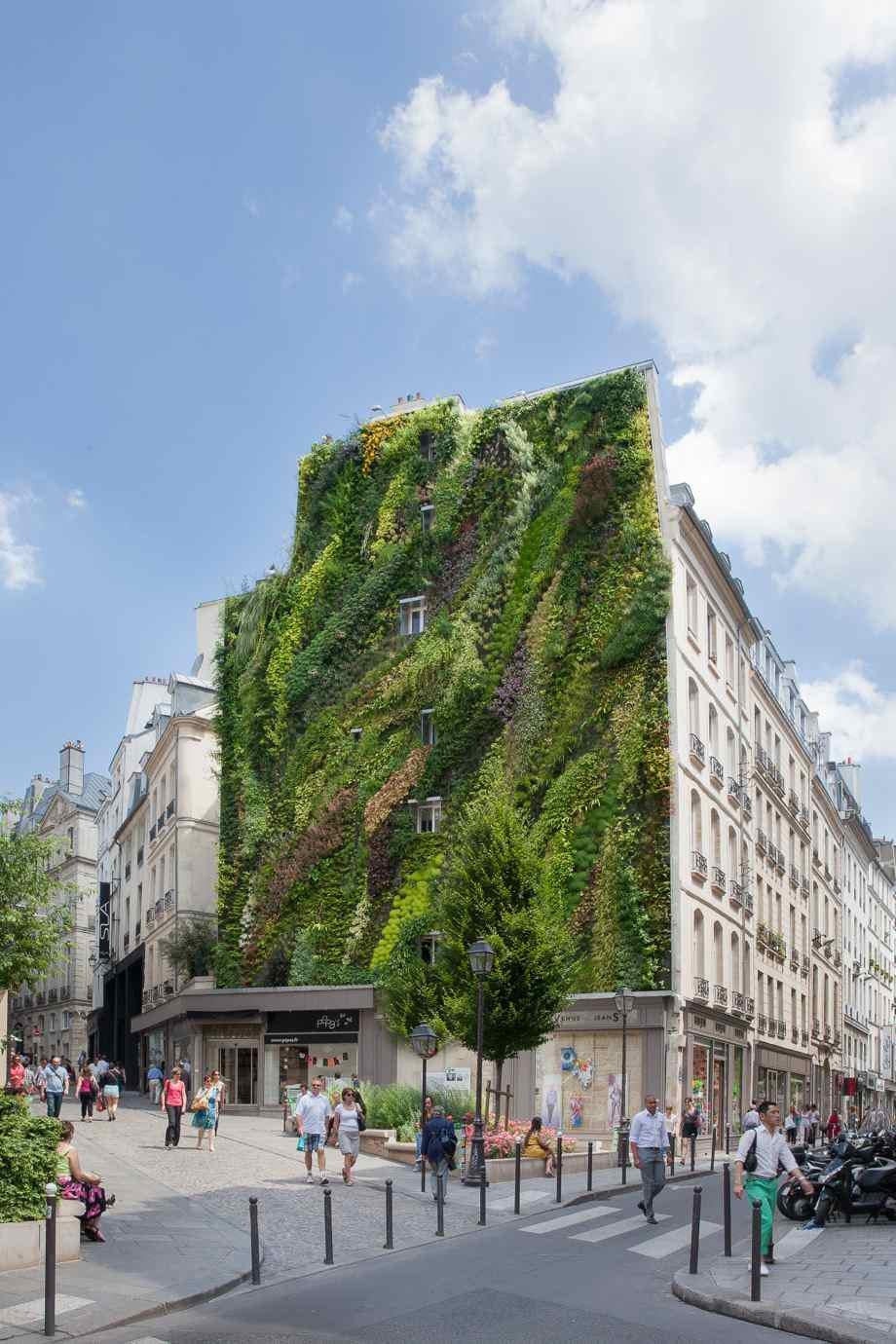
British artist Andy Goldsworthy spends hours in forests balancing stones or arranging leaves into spirals. Then he photographs them and walks away. Rain scatters the leaves. Tide topples the stones. Nature creates, nature destroys, and we witness the moment in between.
In 2003, Olafur Eliasson installed “The Weather Project” at London’s Tate Modern, an artificial sun made from mirrors and lamps. Over two million people came to lie on the floor and bask in its glow. Even simulated nature makes our bodies respond.
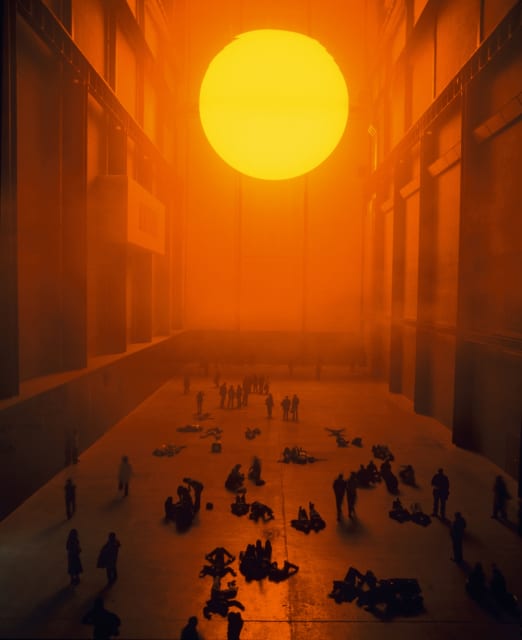
Most of us spend 90% of our time indoors, disconnected from nature in ways our ancestors would find bizarre. Studies show this makes us stressed and less healthy. Biophilic art is a counterweight.
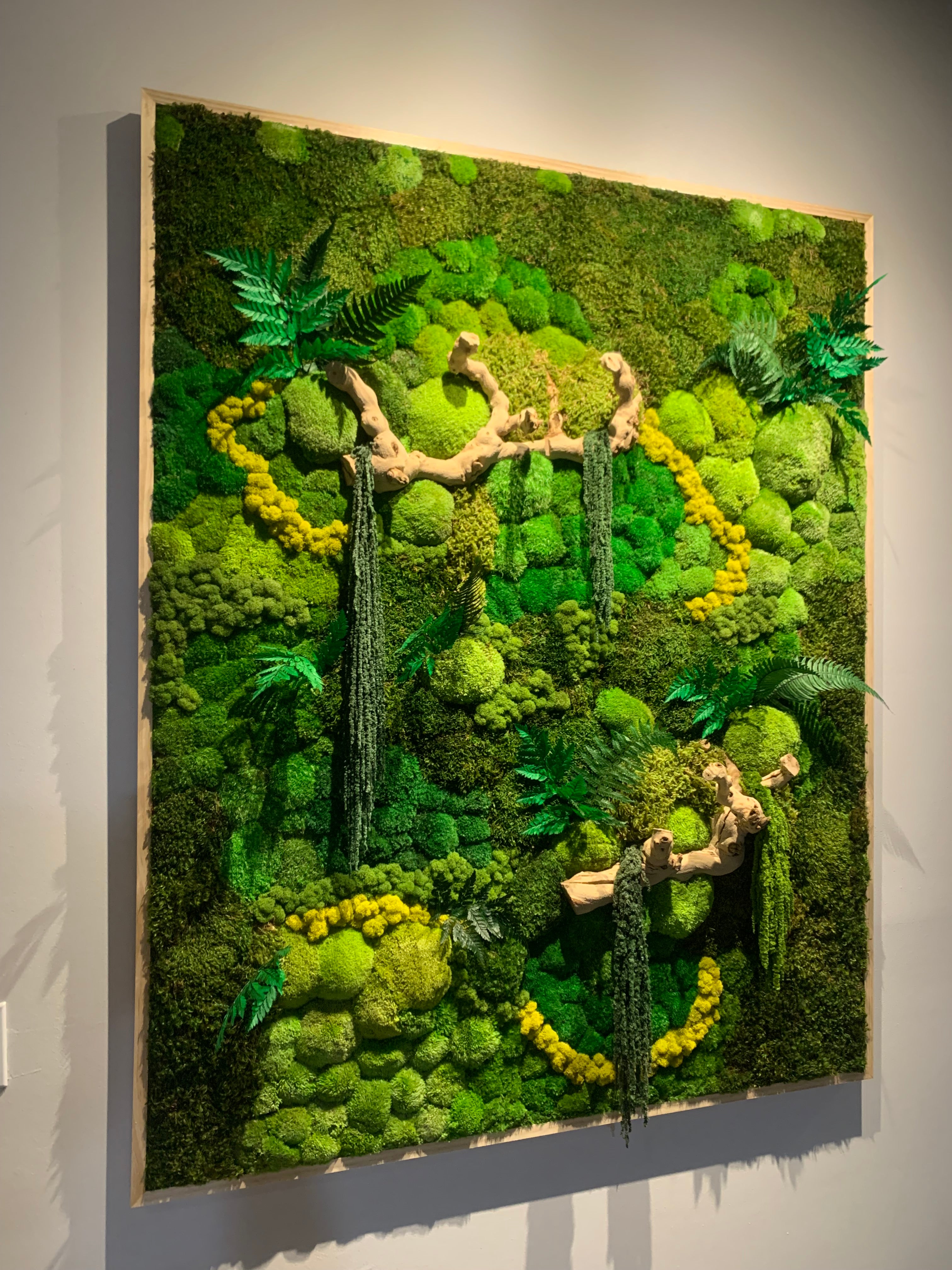
What makes it powerful is simple: it makes us feel something we’ve been missing. Standing in front of a living wall, something ancient wakes up inside you. Your breathing slows. You remember you’re not separate from nature. You’re part of it.
In a world watching forests burn, these artists bring the wild back into sanitized spaces. They remind us what we stand to lose and show us that the best art doesn’t control nature. It makes room for nature to do what it does best: grow, change, and astonish us.





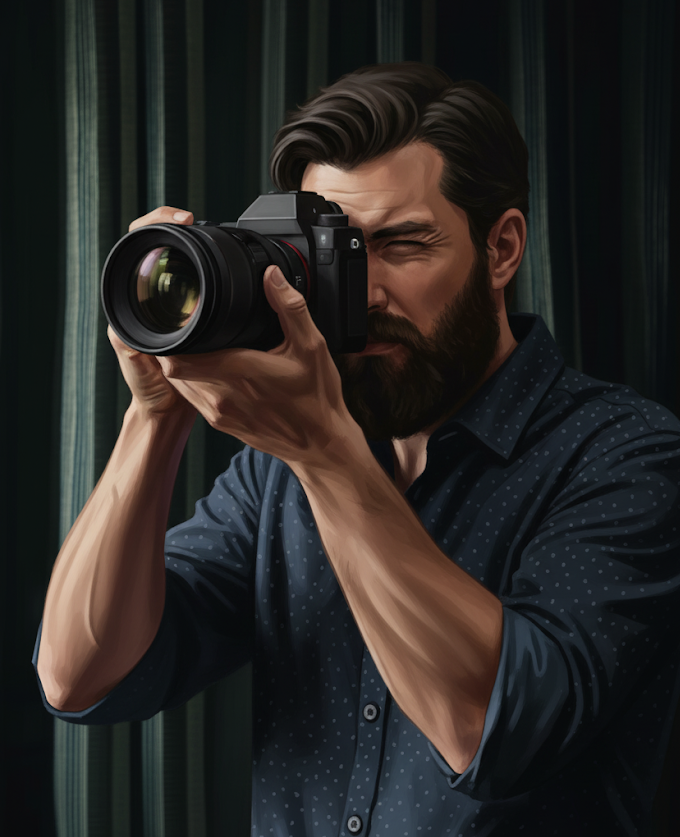

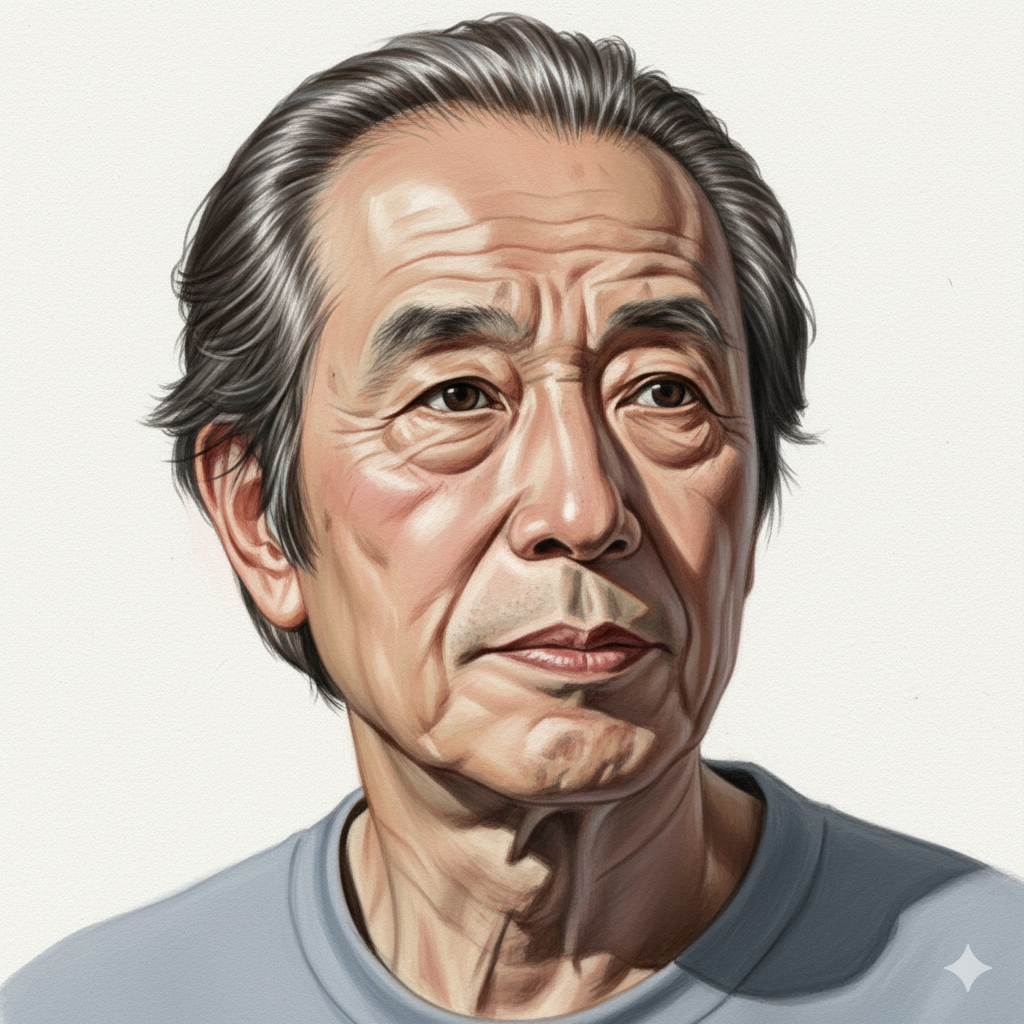

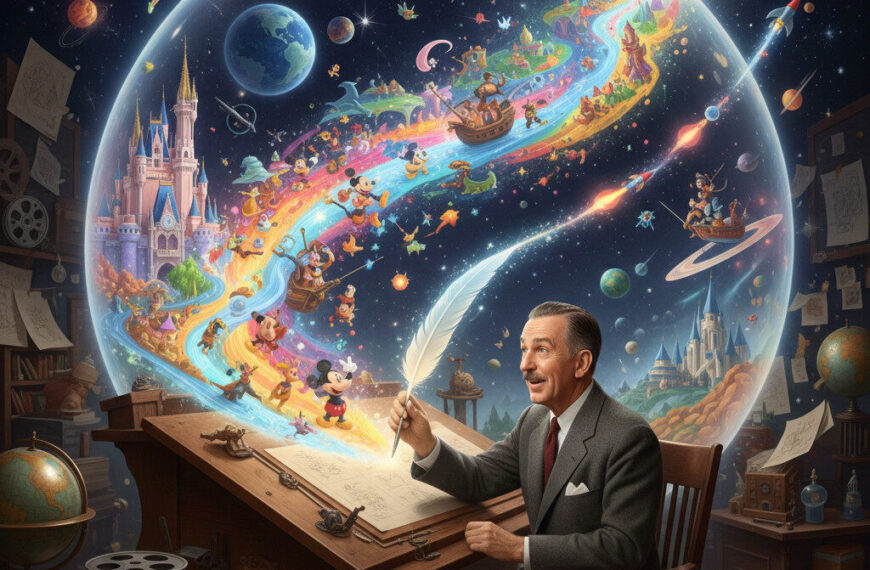
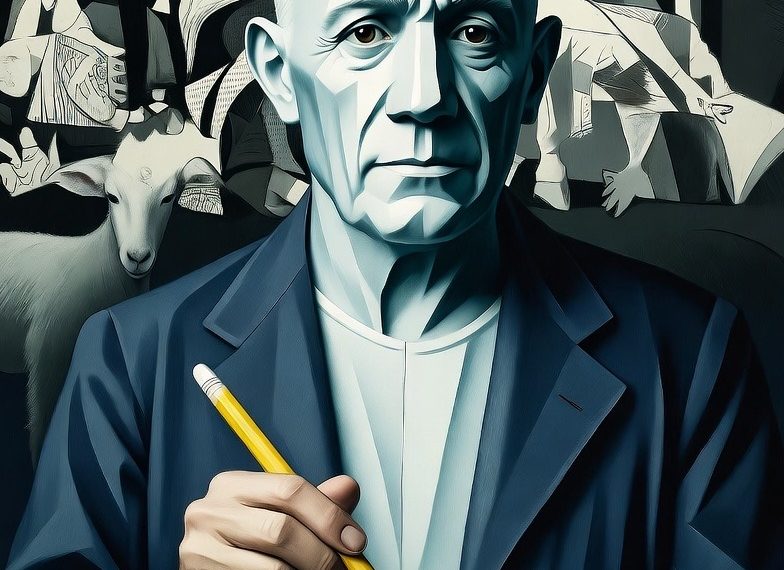
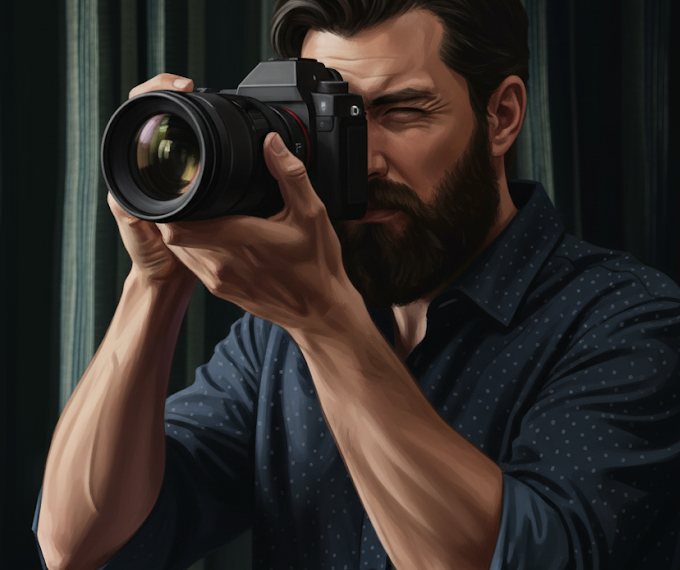

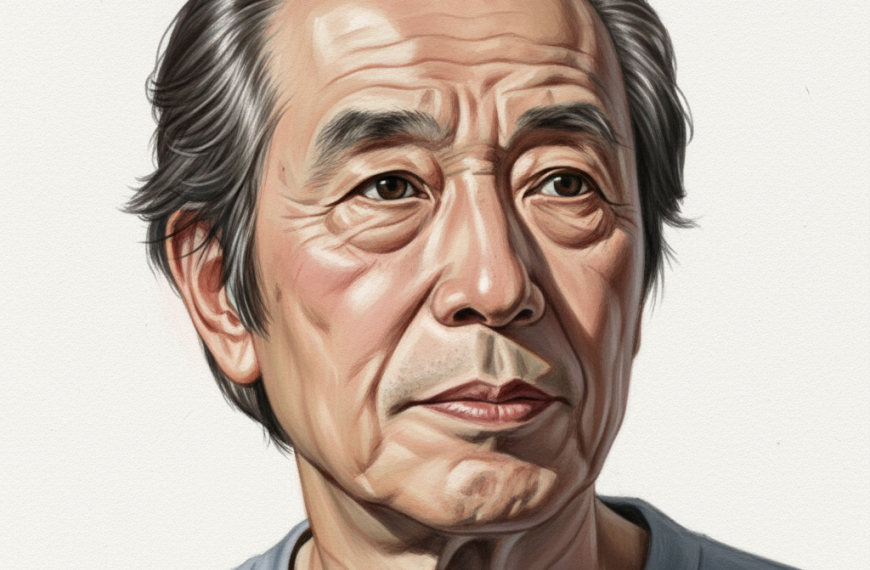

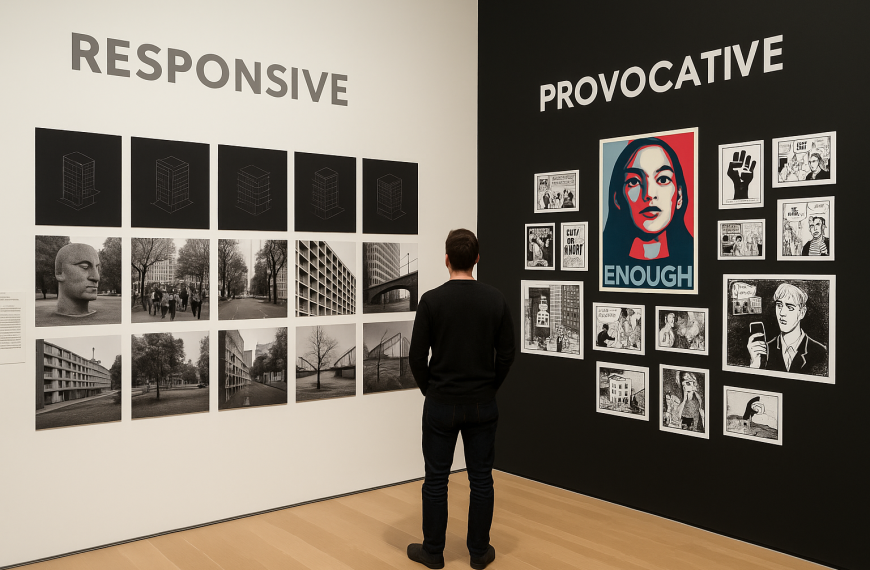



Leave a Reply